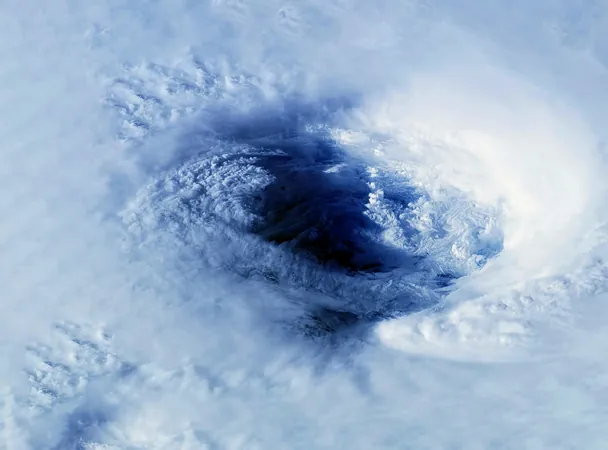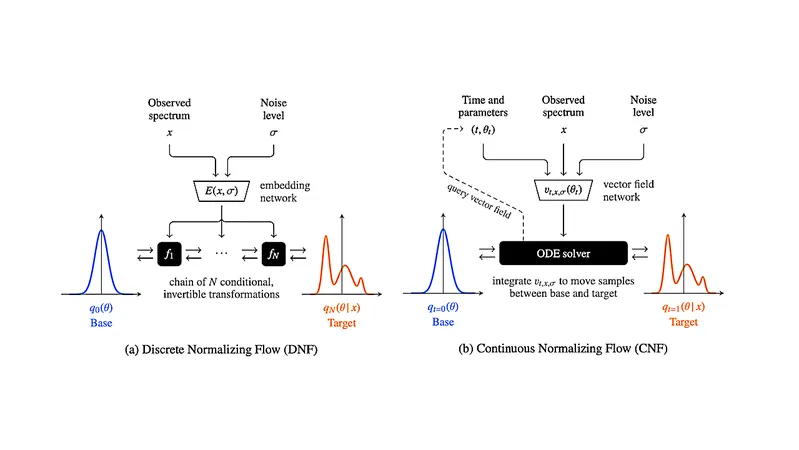
Hope for the Future: Antarctic Ozone Hole Shows Signs of Recovery by 2066!
2024-11-03
Author: Daniel
Hope for the Future: Antarctic Ozone Hole Shows Signs of Recovery by 2066!
In a remarkable twist of fate, the Antarctic ozone hole has presented a glimmer of hope in 2024, with its size recorded as the seventh smallest since 1980. This year, scientists from NOAA and NASA are optimistic that if their ongoing efforts to combat ozone depletion persist, we could witness a full recovery of the ozone layer by the year 2066.
During the critical depletion period from September 7 to October 13, the ozone hole, which typically expands alarmingly large, reached an area nearly three times the size of the continental United States. The peak occurred on September 28, where it ballooned to an astounding 8.5 million square miles before later shrinking.
The optimistic change in the ozone hole's size can largely be attributed to two primary factors: the significant decline in chlorofluorocarbons (CFCs) thanks to the global commitment established by the Montreal Protocol in 1987 and a fortunate increase in ozone transported southward by atmospheric currents. This international treaty, widely regarded as a monumental achievement, aimed to phase out substances harmful to the ozone layer.
NASA's ozone research chief, Paul Newman, highlighted the progressive improvements observed since the early 2000s, crediting global initiatives for this positive trend. “The gradual improvement we’ve seen in the past two decades shows that international efforts to curb ozone-depleting chemicals are indeed working,” he affirmed.
While the ozone layer lies high above our planet, it is crucial in shielding life from the harmful ultraviolet (UV) rays of the sun. A thin ozone layer increases the risk of skin cancers, cataracts, and severe damage to aquatic ecosystems, as well as threatening agricultural productivity.
Back in the 1970s, scientists recognized the peril posed by CFCs, leading to their eventual ban. Although the ozone layer saw drastic depletion by the mid-1980s over Antarctica, the collaborative action taken through the Montreal Protocol has since shown promising results.
Cautiously optimistic, Stephen Montzka from NOAA emphasized that while the 2024 hole's severity is below average compared to the past three decades, the ozone layer is still far from fully healed. "CFCs that remain in our atmosphere will take decades to fully degrade, but as their levels drop, we anticipate that the ozone layer will gradually recover," Montzka stated.
Regular monitoring of the ozone layer is invaluable to understanding its recovery trajectory. Instruments aboard NASA’s Aura satellite and NOAA’s polar orbiting satellites, alongside weather balloons deployed from Antarctic observatories, provide real-time data on ozone concentrations. This year, on October 5, the lowest ozone measurement recorded was just 109 Dobson units—significantly below the usual 225 Dobson units typical of 1979.
As we navigate this critical juncture, each positive change in the ozone hole size is a step closer to a healthier planet. Although our work is not complete, this scientific progress inspires hope for a future where the ozone layer can heal and continue to protect life on Earth.
Stay tuned for more updates on this vital environmental issue, as the implications of ozone recovery extend beyond Antarctica and resonate around the globe!



 Brasil (PT)
Brasil (PT)
 Canada (EN)
Canada (EN)
 Chile (ES)
Chile (ES)
 España (ES)
España (ES)
 France (FR)
France (FR)
 Hong Kong (EN)
Hong Kong (EN)
 Italia (IT)
Italia (IT)
 日本 (JA)
日本 (JA)
 Magyarország (HU)
Magyarország (HU)
 Norge (NO)
Norge (NO)
 Polska (PL)
Polska (PL)
 Schweiz (DE)
Schweiz (DE)
 Singapore (EN)
Singapore (EN)
 Sverige (SV)
Sverige (SV)
 Suomi (FI)
Suomi (FI)
 Türkiye (TR)
Türkiye (TR)